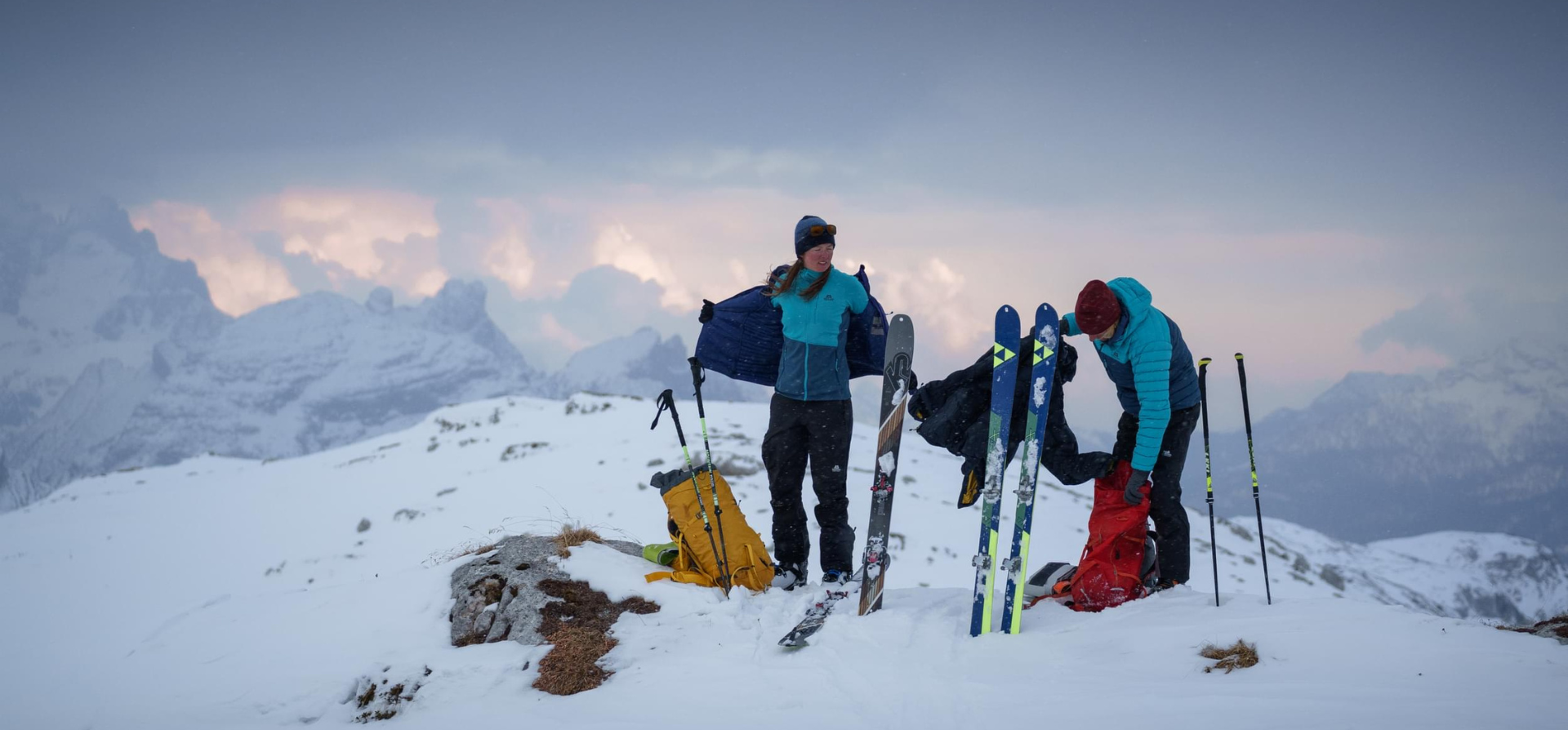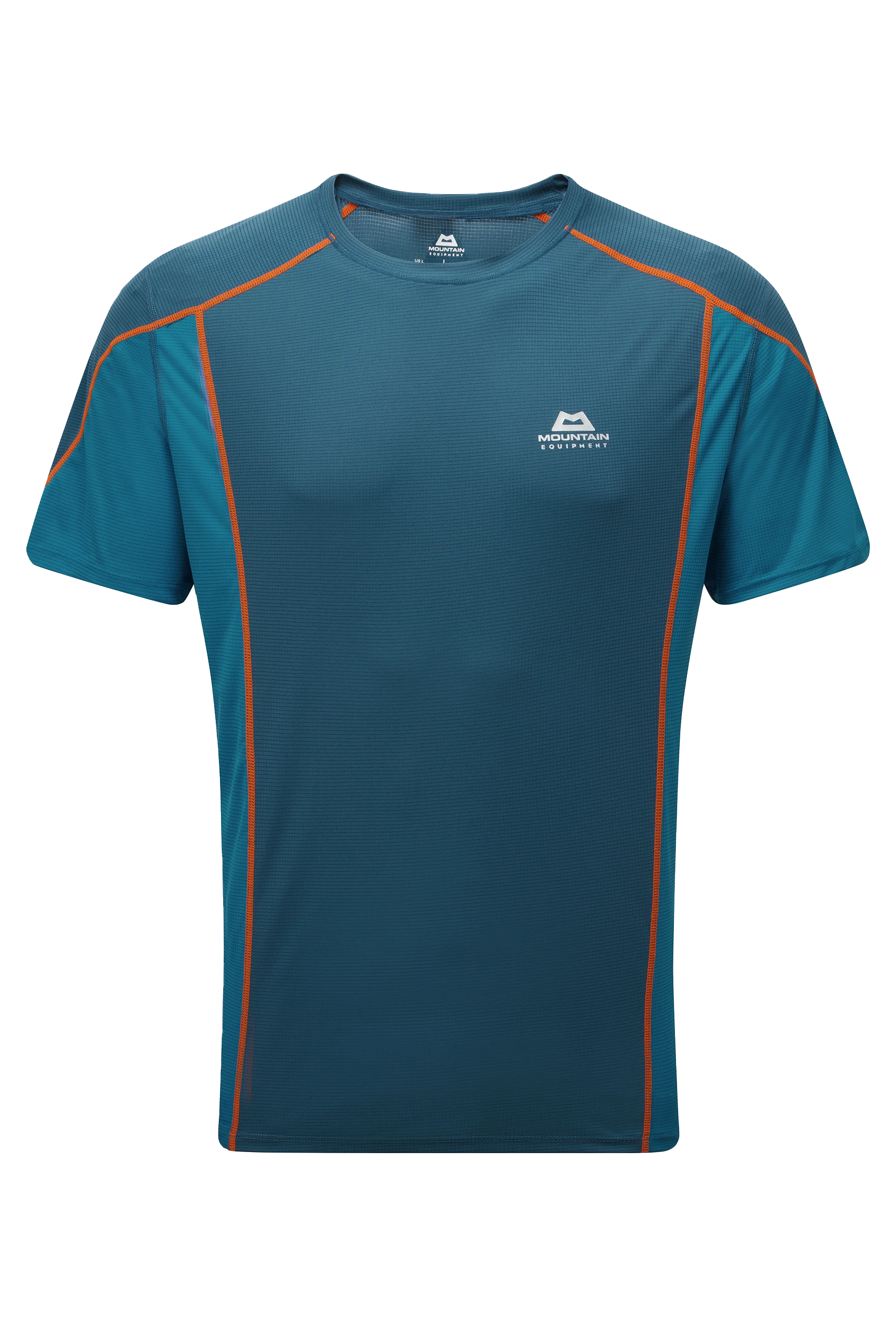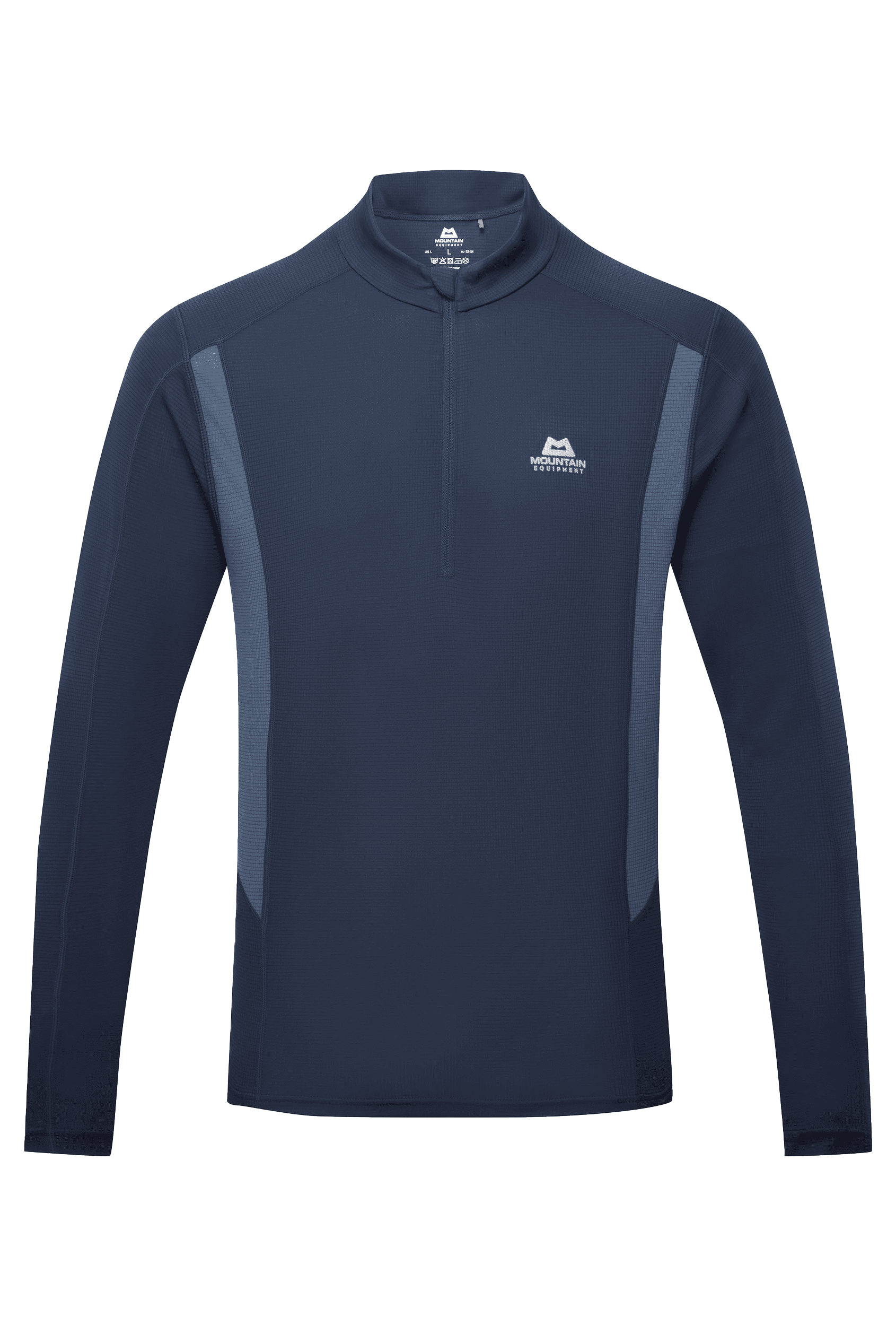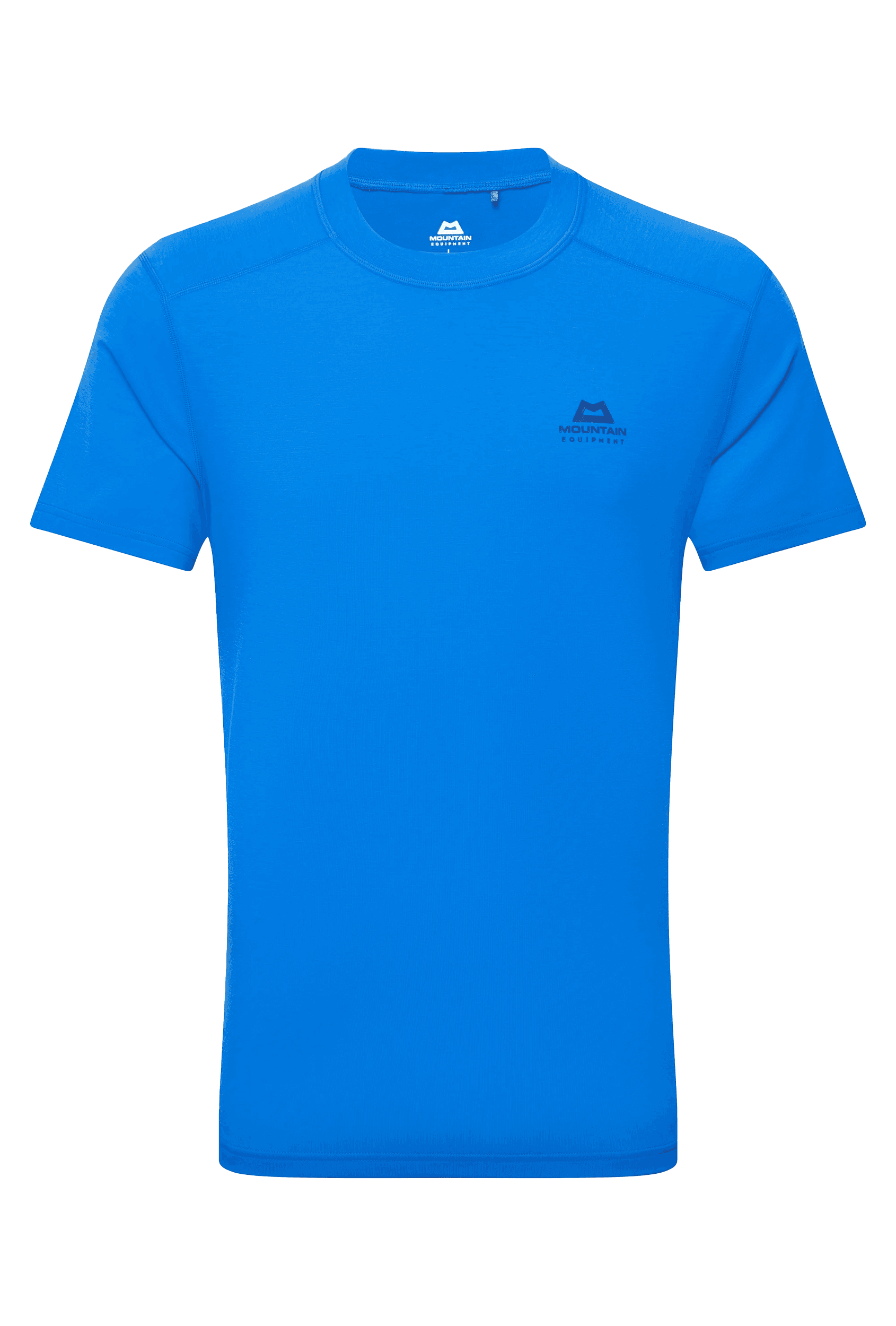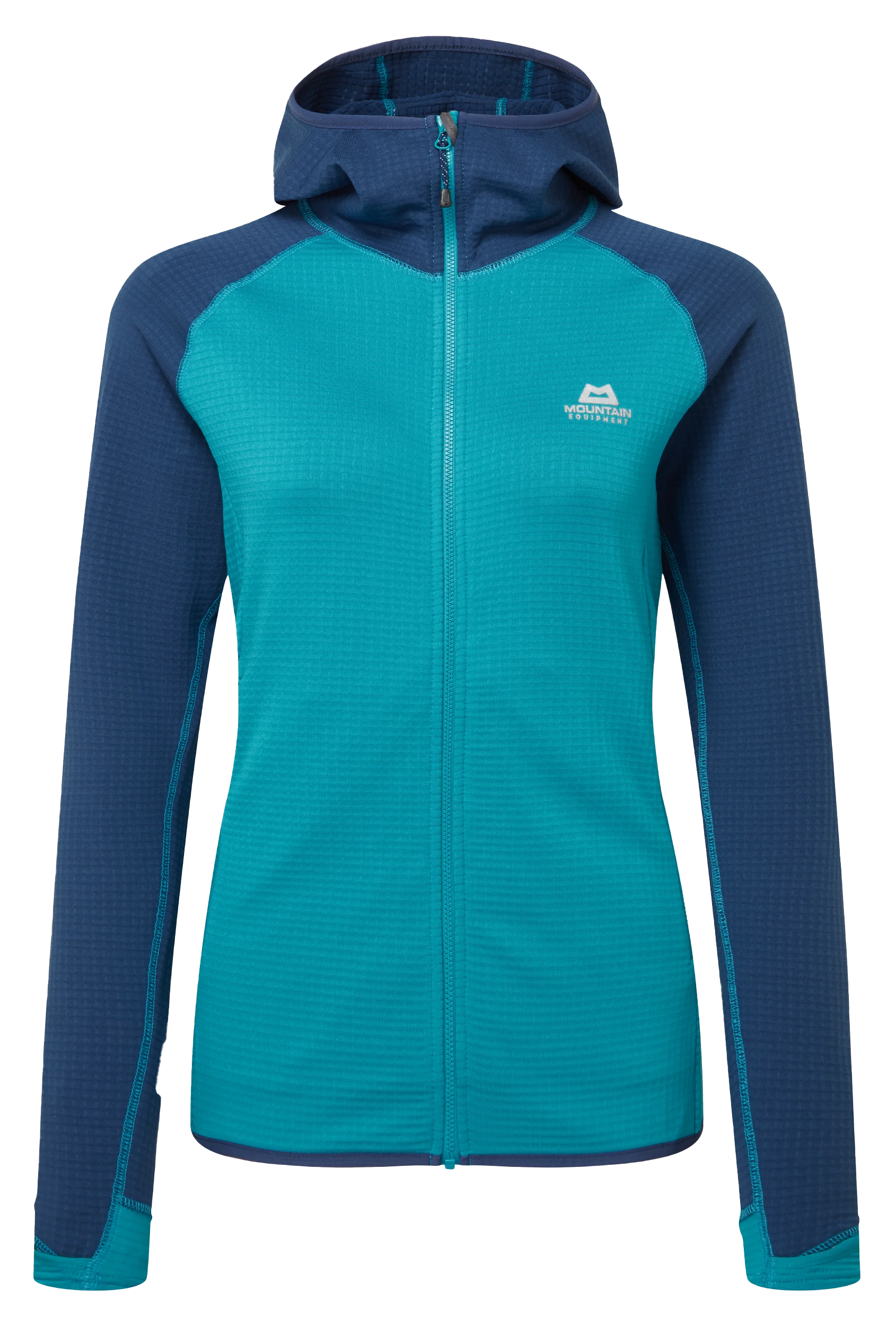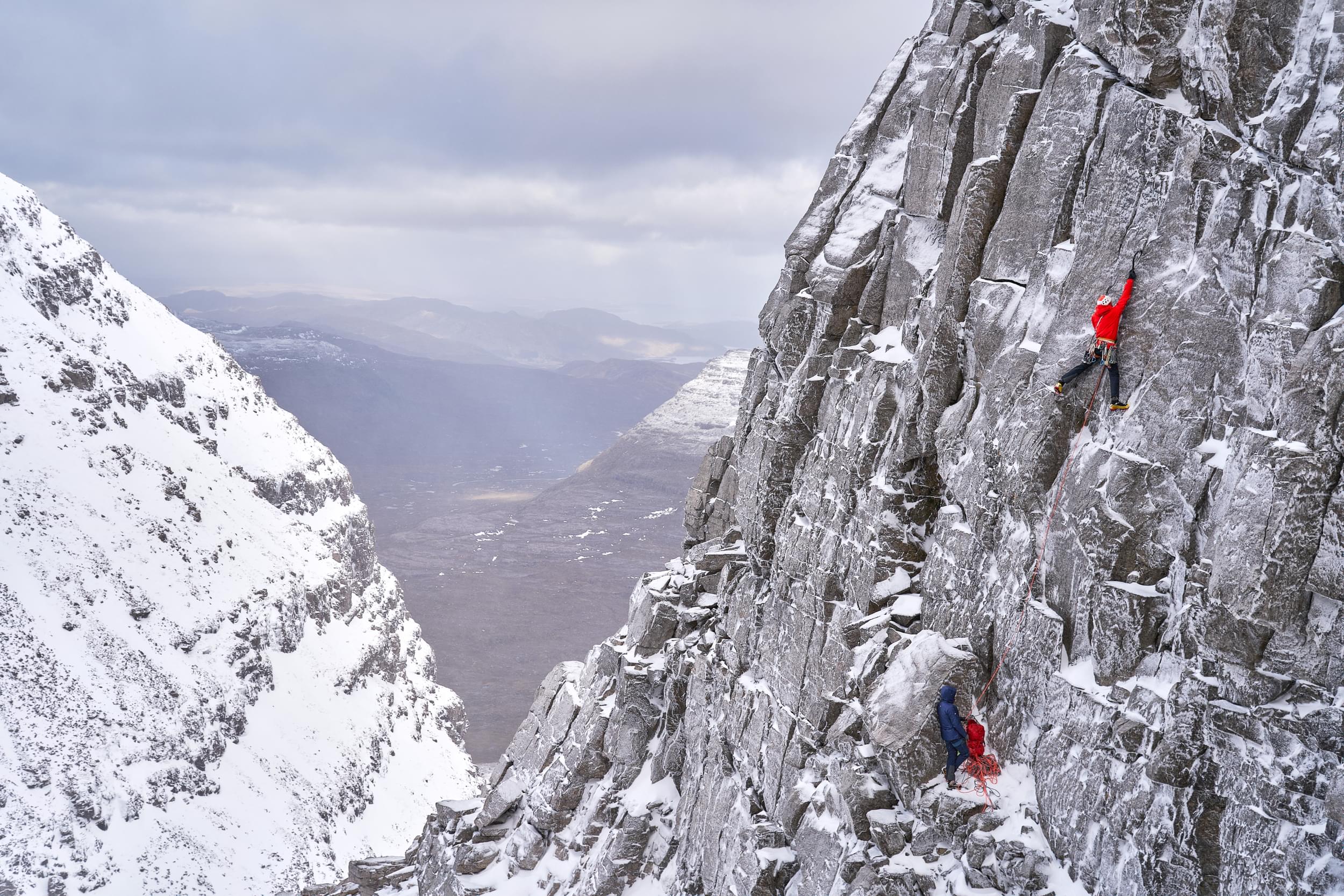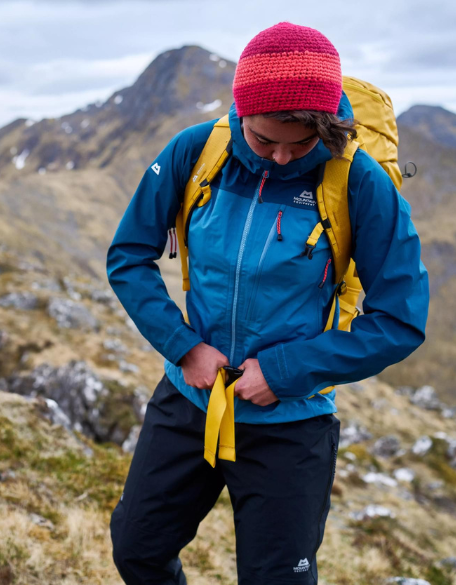What to wear for ski touring
Dressing for ski touring is best approached with the same mind-set as mountaineering, where lightweight, comfortable, and adaptable layering systems trump the very protective but heavy and cumbersome clothing usually used for piste skiing. Despite cold temperatures, working hard skinning uphill means that overheating while ski touring is often as much of a problem as getting cold, so having a versatile system is key.
Baselayers
A layer that keeps off the sun and which can be worn on its own when skinning uphill is ideal. On most days, wearing baselayer leggings is the best way to keep your legs warm. For some skiers, ¾ length legwear are perfect because they keep clear of your boot and socks and don’t ruck up or catch on layers, while other skiers prefer the full coverage and warmth of full length baselayers.
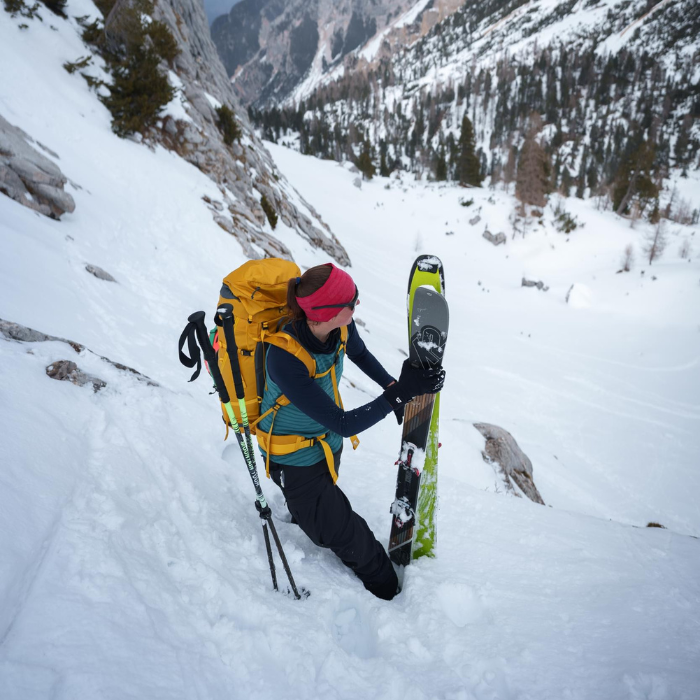
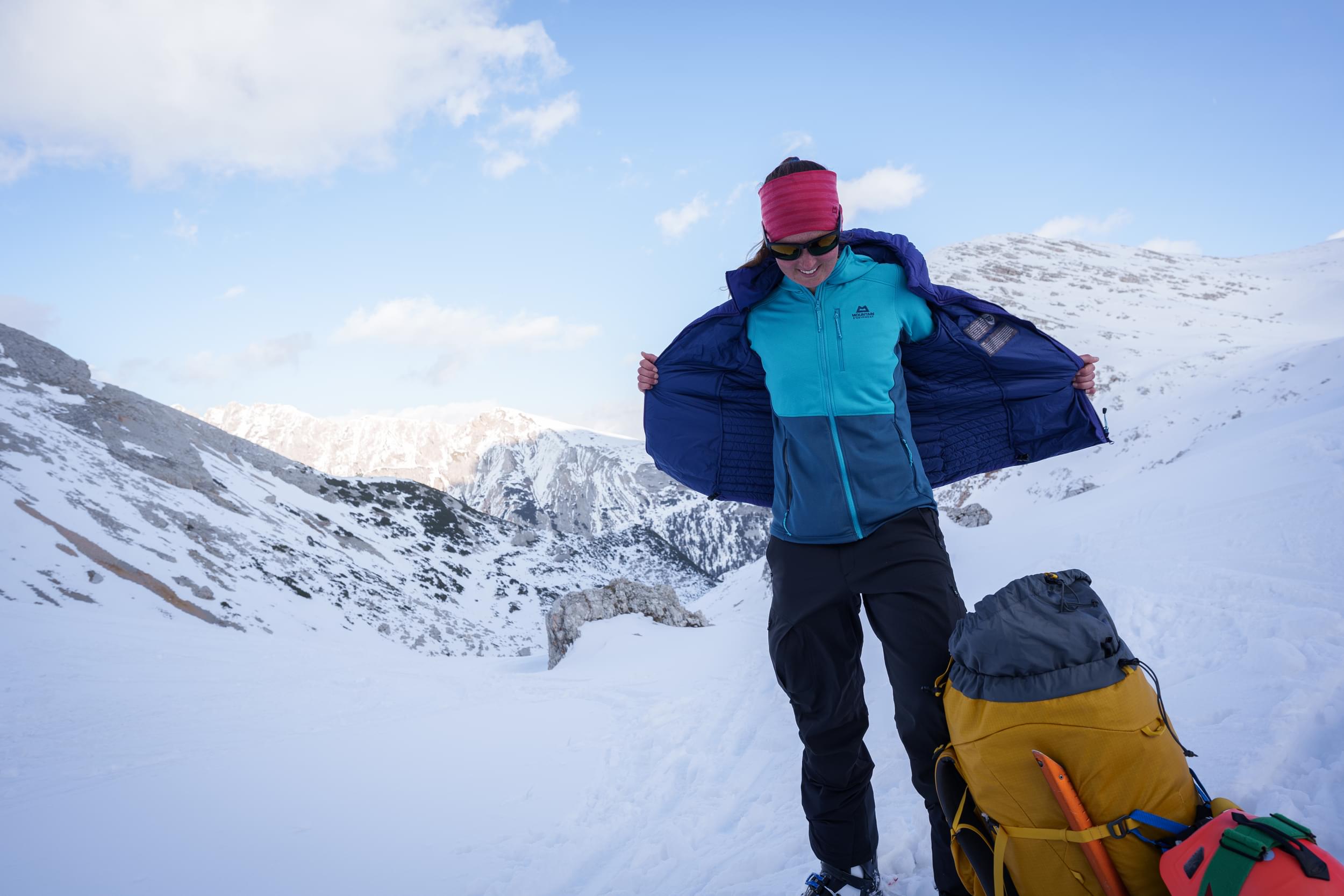
Midlayers - Fleece
A midlayer needs to be warm enough to provide a good amount of warmth, but not so hot that you overheat at the first signs of an uphill slope. Fleece layers offer excellent moisture management, insulation and quick-drying performance.
Midlayers - Active Insulation
On colder days, active insulation offers weather protection you can move fast in. Combining warmth and durability with the moisture transfer required for moving fast over difficult terrain, these are the ideal layers for the most demanding mountain days.
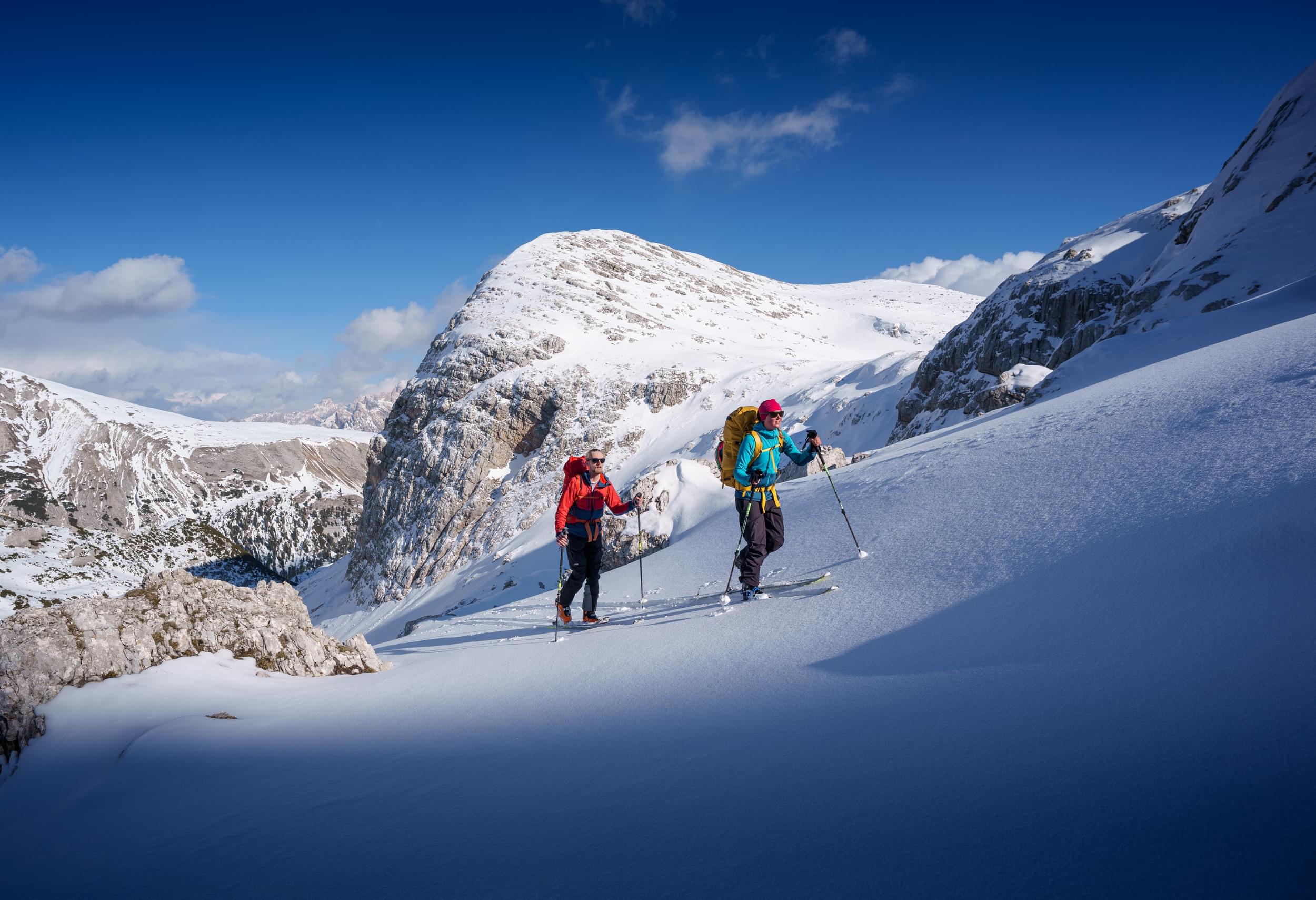
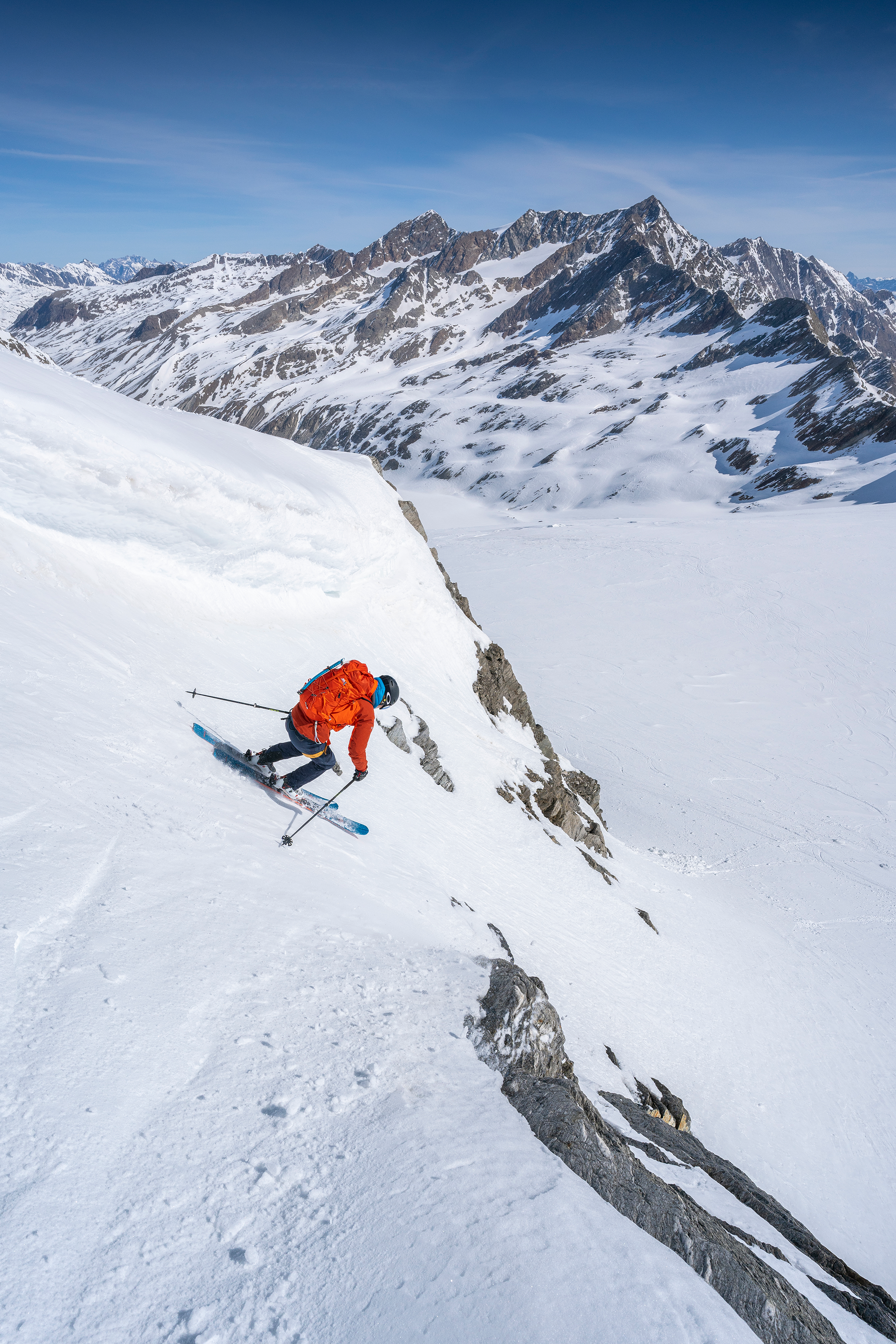
Shell Layers
A Soft Shell offers a lot of advantages over a waterproof Hard Shell in most weathers: they are softer, more comfortable to wear, and more breathable. In all but sustained horrid weather it’s what we would rather wear.
Most of the time you hope not to be forced to wear a waterproof, but when you need to wear one it’s vital you have one with you that you want to wear.
Legwear choice for skiing depends a lot on the conditions. For warm spring days Soft Shell is definitely the best choice, but if it’s really cold and windy then Hard Shell trousers are the better option. We make a big range of ski legwear for everything from midwinter blitzes to steady spring tours.
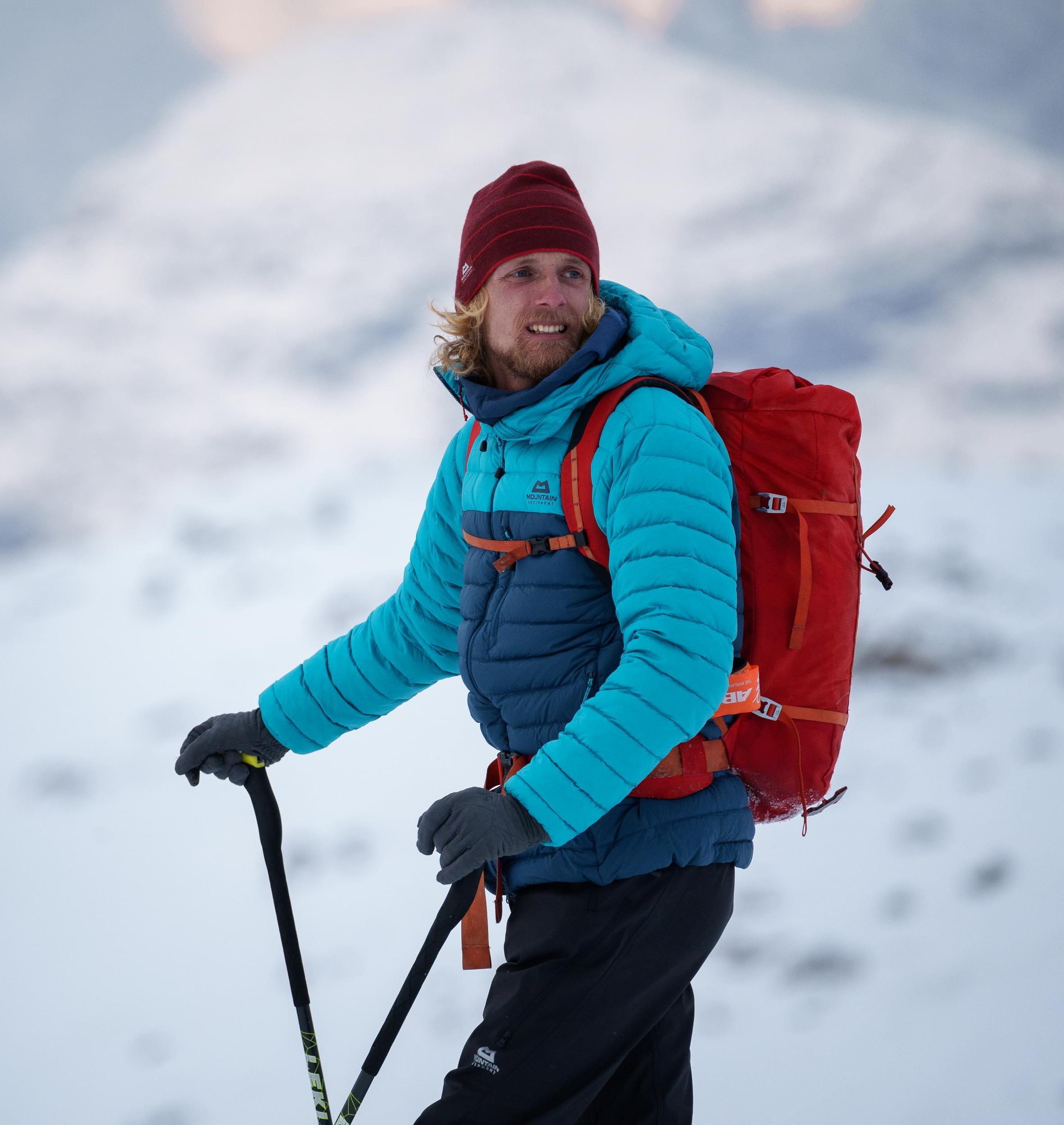
Insulation
This is the layer that keeps you warm while you stand in a blizzard belaying your struggling climbing partner, it’s the layer that must be small and light enough that you always pack it, and it’s the layer you climb in when the cold gets too much. This is your haven from the storm.


